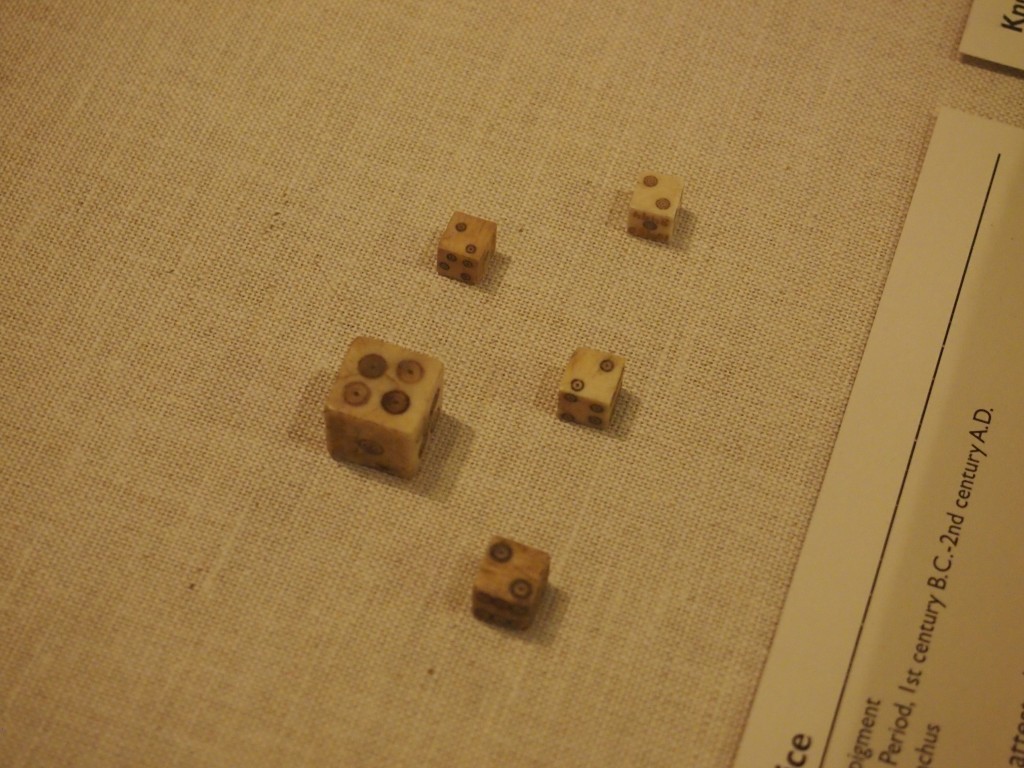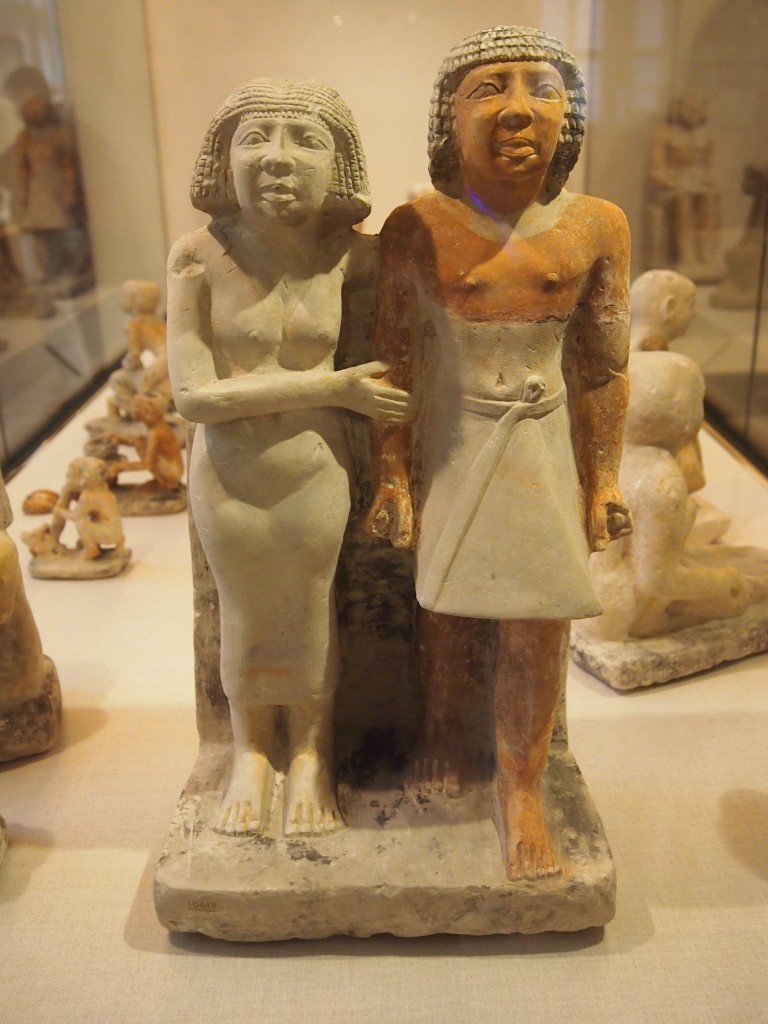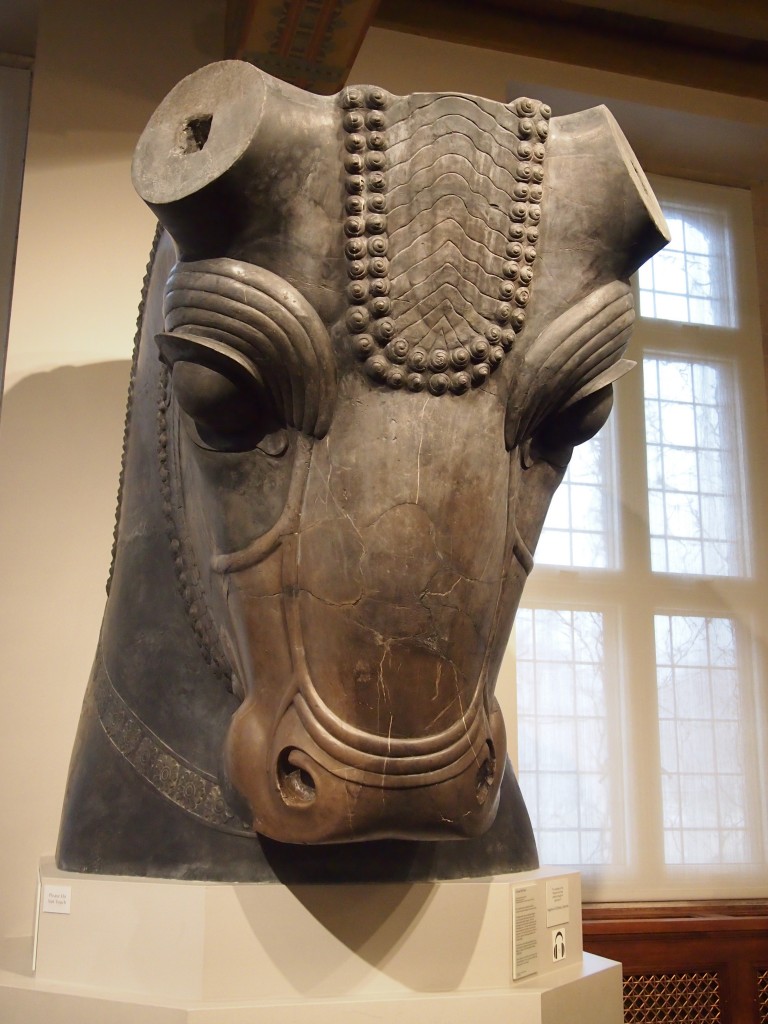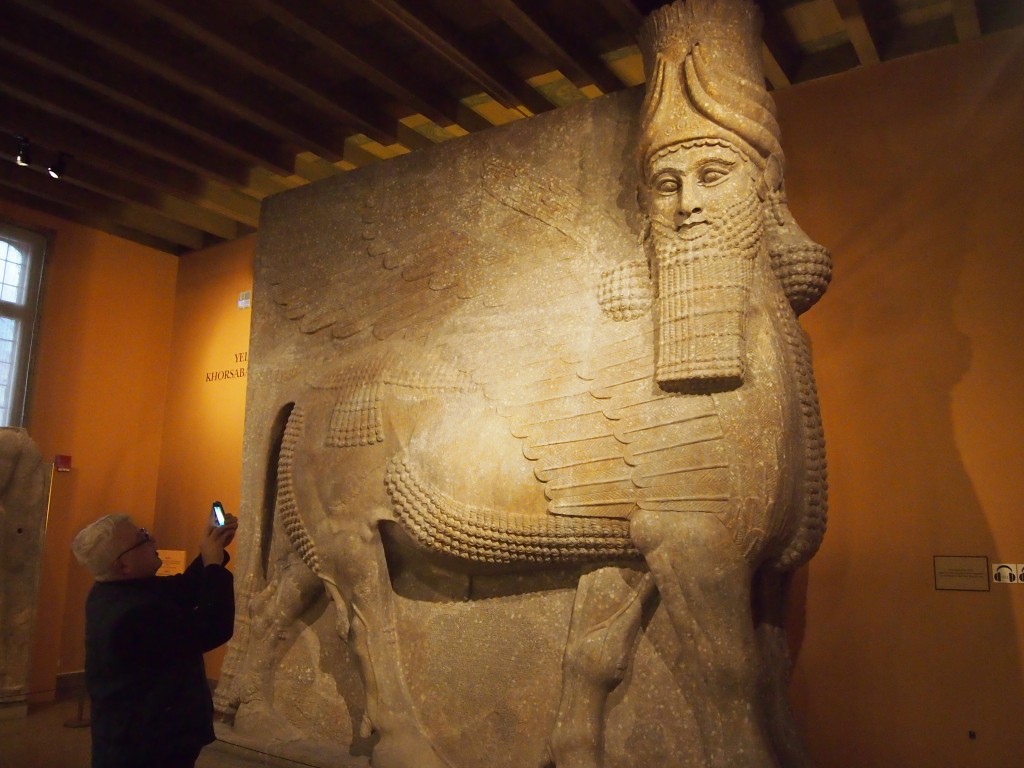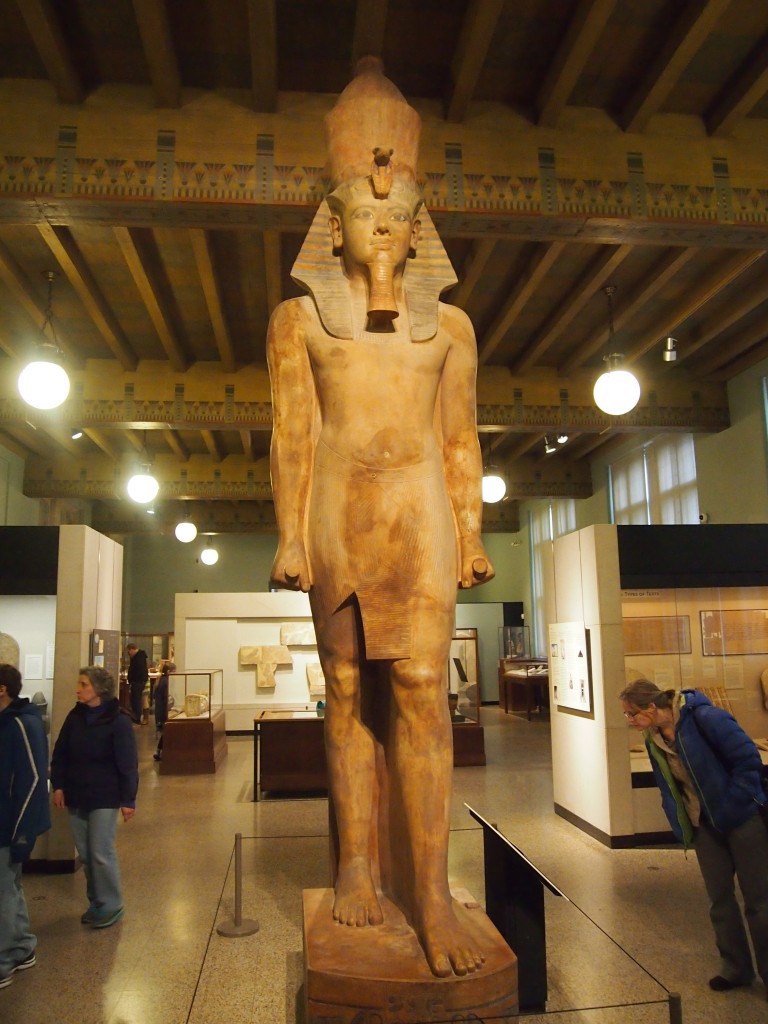Something I didn’t know until yesterday, but might have guessed: the modern Egyptian pound, which is every bit as fiat-y as any other currency now, owes its origin to the Maria Theresa thaler, a good example of sound money if there ever was one. The history of money, especially currency, continues to fascinate. People will miss it if it all ever becomes nothing but notions on some server farm.
I don’t have a one-pound Egyptian banknote. I do have a 25-piastre note, the smallest paper denomination that the Central Bank of Egypt issues, acquired a few years ago with a number of other world banknotes for a small sum.
These days, 1 Egyptian pound = about 6.3 U.S. cents, so my quarter-pound note is theoretically worth about 1.5 cents. No collector value, I’m sure. The note has been issued since the 1980s, and I’ll bet there are a lot of them.
 I’m not actually sure that’s the obverse, though Wiki says it is. I suppose the Arabic text determines that; the Roman text is on the other side. In any case, this side depicts the Sayeda Aisha Mosque in Cairo.
I’m not actually sure that’s the obverse, though Wiki says it is. I suppose the Arabic text determines that; the Roman text is on the other side. In any case, this side depicts the Sayeda Aisha Mosque in Cairo.
The Egyptian Coat of Arms is on the other side.
 Not just any eagle, either: the Eagle of Saladin. The 12th-century Sultan of Egypt and warrior against the Crusader states.
Not just any eagle, either: the Eagle of Saladin. The 12th-century Sultan of Egypt and warrior against the Crusader states.
Interesting choice of crops to flank the Eagle of Saladin. Wheat, of course; Egypt was the breadbasket of ancient Rome, one reason a prefect ruled the province directly on behalf of the Emperor, rather than a governor appointed by the Senate. Also, cotton. Certainly — Egyptian cotton, known the world over.
Corn? As in, maize? That’s what it looks like. The FAO tells me that in Egypt, “Wheat is the major winter cereal grain crop and the third major crop in terms of area planted… Maize is the second most important crop… but at least 50 percent of its production is used for livestock and poultry feed.”
How about that. Another consequence of the Columbian exchange echoing down the centuries.
